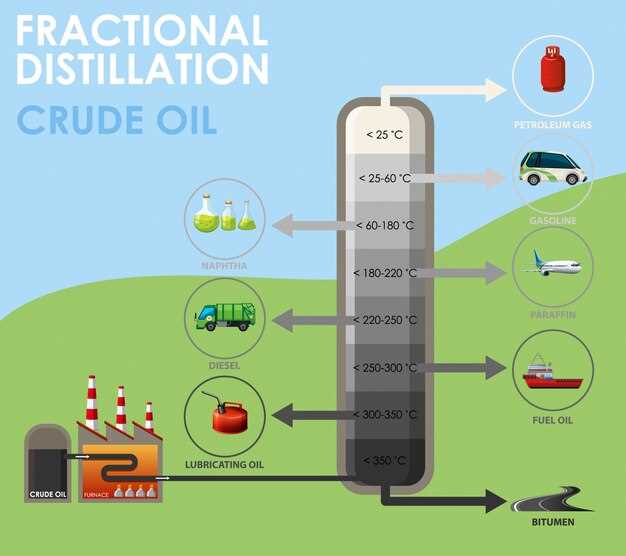
Maintaining the health of your import vehicle involves several key aspects, one of which is the timely replacement of transmission fluid. Transmission fluid plays a crucial role in the functioning of your car’s transmission system, providing lubrication, temperature regulation, and helping to facilitate smooth gear shifts. However, many car owners often overlook the importance of regular fluid changes, leading to potential issues down the line.
The frequency of changing transmission fluid can vary significantly depending on the make and model of the vehicle, driving conditions, and individual driving habits. Most manufacturers recommend changing the fluid every 30,000 to 60,000 miles, but this guideline is not universal. It’s essential to consult your owner’s manual for the specific maintenance schedule tailored to your vehicle.
Driving in severe conditions, such as stop-and-go traffic, towing heavy loads, or frequently driving in harsh weather, can accelerate the degradation of transmission fluid. Therefore, drivers in such situations may need to change their fluid more frequently. Regular checks and fluid replacement can help prevent costly repairs and ensure that your import car continues to perform at its best.
Identifying the Right Interval for Fluid Change Based on Vehicle Type
Determining the correct interval for changing transmission fluid largely depends on the vehicle type, its make, model, and transmission system. Generally, most manufacturers recommend specific maintenance schedules that can be found in the vehicle’s owner manual. Import cars, in particular, tend to have distinct requirements due to variations in engineering and design.
For luxury brands such as BMW or Mercedes-Benz, the recommendation often falls between 30,000 to 60,000 miles, but some models may have lifetime fluid designed to last the lifespan of the vehicle under normal driving conditions. However, aggressive driving or frequent towing may necessitate more frequent changes.
Japanese automakers like Honda and Toyota typically suggest changing transmission fluid every 30,000 to 60,000 miles as well, depending on the vehicle’s specific transmission type–CVT or traditional automatic. This is particularly critical for CVTs, as they can be more sensitive to fluid quality and contamination.
European vehicles, such as Audi and Volkswagen, may require fluid changes every 40,000 to 60,000 miles, especially in models equipped with dual-clutch transmissions. Regular maintenance checks can uncover early signs of wear, prompting earlier fluid changes.
Performance vehicles often have customized or sport-tuned transmissions that may require more frequent fluid changes–sometimes as often as every 20,000 miles. Analyzing fluid condition through dipstick readings or professional analysis can provide insights into necessary intervals.
Ultimately, understanding the specific needs of your vehicle type, along with driving habits and conditions, is essential for maintaining optimal transmission performance. Regular checks and adherence to the manufacturer’s guidelines will help ensure longevity and reliability.
Signs Indicating It’s Time to Change Transmission Fluid

Regular maintenance of your vehicle’s transmission system is crucial for its longevity and performance. Several signs may indicate that it’s time to change the transmission fluid in your import car. Recognizing these signs early can prevent more significant issues down the road.
One of the most common indicators is a noticeable change in shifting behavior. If you experience delayed or rough shifting when changing gears, this could be a sign that your transmission fluid is dirty or low. Smooth gear transitions are essential for optimal performance; any irregularity may warrant a fluid change.
Another sign is a burning smell emanating from the transmission. This odor often indicates overheating fluid, which may result from contaminants or a complete breakdown of the fluid’s properties. If you detect a burnt scent, it’s time to inspect and possibly replace the transmission fluid to avoid damaging the transmission.
Leaking fluid is also a clear indication that a change is necessary. Look for bright red or dark brown spots under your vehicle, which may suggest that your transmission fluid is leaking. Aside from needing a fluid change, addressing leaks promptly can help prevent severe transmission damage.
Unusual noises when the vehicle is in gear, such as grinding or clunking sounds, can also point to transmission problems. These noises often arise when the fluid is insufficient or contaminated, affecting the lubrication and proper functioning of the transmission components.
If your vehicle’s dashboard warning lights illuminate, it can indicate transmission issues or low fluid levels. Pay attention to these alerts, as they signal the need for immediate investigation and possible fluid replacement. Ignoring warning lights could lead to costly repairs.
Lastly, if it has been a while since your last fluid change, following the manufacturer’s recommendations for maintenance intervals is essential. Consult your owner’s manual for specific instructions regarding transmission fluid changes. Regular checks and changes are necessary for the efficiency and reliability of your vehicle.
Impact of Driving Conditions on Transmission Fluid Longevity

Driving conditions play a crucial role in determining the lifespan of transmission fluid in import cars. Various factors, including temperature, road type, and driving habits, can significantly affect how often the fluid needs to be replaced.
Temperature is a primary factor influencing fluid degradation. In regions with extreme heat, the transmission fluid can break down faster, leading to reduced effectiveness in lubricating and protecting transmission components. Conversely, colder climates can also pose challenges, as fluids may thicken, impeding their ability to circulate efficiently.
Road types have a considerable impact on transmission wear. Vehicles frequently driven on rough terrain or unpaved roads experience more stress, causing increased friction and heat. This additional strain can accelerate the breakdown of transmission fluid, necessitating more frequent changes compared to cars primarily driven on smooth highways.
Driving habits, such as aggressive acceleration, frequent stop-and-go traffic, and towing heavy loads, also contribute to fluid longevity. These behaviors can generate excessive heat and pressure within the transmission, which can lead to faster fluid degradation. For instance, towing requires additional power and puts extra strain on the transmission, making it essential to monitor fluid levels and quality more closely.
Finally, environmental factors like humidity and dust can affect the transmission system, potentially introducing contaminants that contaminate the fluid and reduce its lifespan. Regular checks and appropriate fluid changes are vital in these driving conditions to ensure optimal transmission performance.
In conclusion, understanding the impact of driving conditions on transmission fluid longevity is essential for maintaining your import car. Factors such as temperature, road type, driving habits, and environmental elements must be considered when determining the frequency of fluid changes to ensure the longevity and reliability of your vehicle’s transmission.




